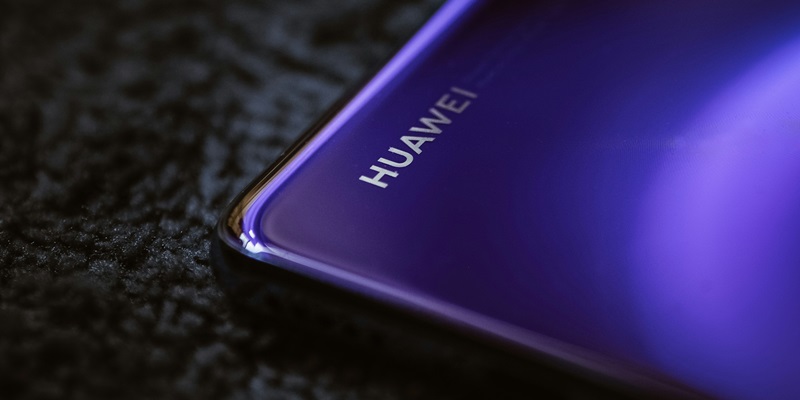Huawei’s upcoming Kirin 9100 System on Chip (SoC) is generating considerable buzz in the tech world as it appears poised to significantly impact the high-performance smartphone market. Historically hindered by US trade restrictions, Huawei has found itself trailing behind major competitors like Qualcomm and Apple in recent years. However, the anticipated launch of the Kirin 9100, expected to debut in the upcoming Mate 70 series, might signal a robust reentry for the Chinese tech giant into this competitive space. A recent leak from a reputable source on X, jasonwill, suggests that the Kirin 9100 will dramatically outperform its predecessor, the Kirin 9010. Claimed to be a major leap in both processing power and efficiency, the new chip is even said to outshine Qualcomm’s Snapdragon 8 Gen 2, although comparisons with the incoming Snapdragon 8 Gen 3 remain speculative.
Performance Expectations and Technological Advancements
The forecasted performance boost of the Kirin 9100 is believed to stem from its utilization of SMIC’s 5 nm process node and the introduction of new TaiShan small cores. These cores are designed to offer better power efficiency and improved performance compared to the A510 cores found in the Kirin 9000S. If these claims hold true, Huawei could find itself back in the limelight with a chip that not only meets but exceeds current high-end standards. This would be a significant milestone for the company, positioning the Kirin 9100 as a powerful contender in a market currently led by Qualcomm and Apple. Integrating state-of-the-art tech in its fabrication, Huawei aims to narrow the gap that US restrictions have widened over recent years.
Despite the promising outlook, the tech community advises a balanced perspective. Skepticism is warranted due to a conflicting rumor suggesting that the Kirin 9100 might lag behind Qualcomm’s Snapdragon 8+ Gen 1. Until Huawei releases official specifications and benchmarks, the presented performance claims should be met with cautious optimism. Such cautiousness aligns with past experiences where early leaks and rumors either overstated or understated actual capabilities. Yet, the ambitious technological strides, such as adopting cutting-edge manufacturing processes and innovative core designs, underscore Huawei’s efforts to reclaim its competitive edge.
Strategic Implications for Huawei
Huawei is making significant efforts to reclaim its place in the flagship SoC market, with the Kirin 9100 symbolizing this initiative. The success of the Kirin 9100 represents not just a leap in hardware capabilities, but a strategic move to regain Huawei’s prominence on a global scale. Achieving a strong position in the high-performance segment would help Huawei rebuild the consumer trust and market share it may have lost during its dormant phase.
If the Kirin 9100 meets or exceeds expectations, it could dramatically alter Huawei’s competitive edge in the high-end smartphone arena. Superior performance and efficiency might not only win back previous customers but also attract new ones interested in cutting-edge technology. This shift would challenge the current dominance of Qualcomm and Apple, promoting a more competitive market, which could lead to greater innovation and potentially lower prices for consumers.
In conclusion, the Kirin 9100’s advancements are pivotal for Huawei as it aims to overcome past limitations and re-establish itself as a leading innovator. The tech industry eagerly awaits its official release to see if these high expectations will translate into reality. Huawei’s quest to reassert itself is an intriguing story with significant implications for the technology sector.

